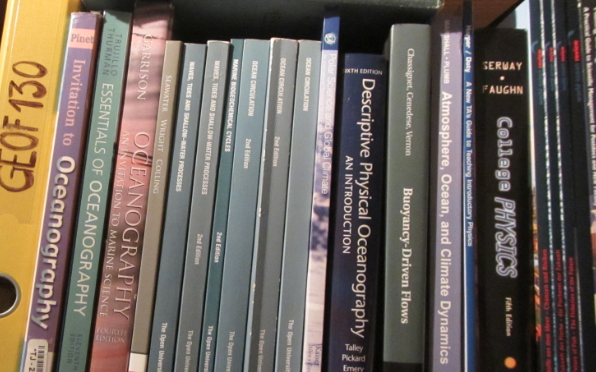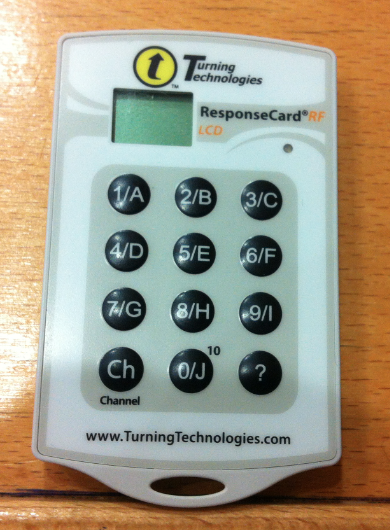I really like hydrostatics. Of course I like moving water even better, but even static water is great. And there are so many things to explore! If I was to teach hydrostatics any time soon, there are so many little teasers I would use.
For example this one:
A sailor is standing on the bottom step of a rope ladder, painting the outside of his ship. The bottom step is 50 cm above the water, the distance between steps is 30 cm. The flood is coming in, and the water is expected to rise by 1.5 m. How many steps will the sailor have to climb in order to keep his feet dry?
Or this one:
How much heavier will a trough in a ship lift get when a ship is inside?
A: the weight of the ship
B: the weight of all parts of the ship above the water line
C: not at all
D: I don’t know*
You might think that these are really easy questions, but then you might be surprised! Funnily enough I drafted this post weeks ago, and then last week a colleague of mine talked about how this was a really difficult question, so I had to post it now ;-)
Another question that he mentioned that students found really difficult is similar to this one:
If an anchor is dropped from a boat into a pond, what will happen to the water level?
A: It will rise
B: It will sink
C: Nothing
D: I don’t know
Answer to that one in this post…
—
*Remember why we always include the “I don’t know” option? If not, check out some more posts on multiple choice questions under the MCQ-tag!


